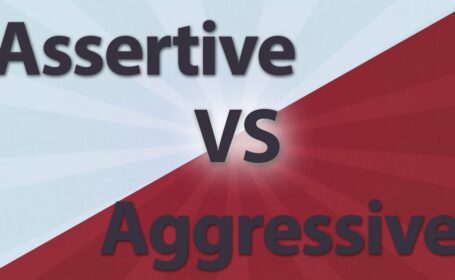

Does Bad Weather Boost Manpower Productivity? Science Says Yes
- trienkhaiweb
- 3 March, 2024
- 0 Comments
We often complain about the weather – the oppressive heat, gloomy rain, or biting winter chill. Turns out, the weather has a greater impact on our workplace habits than we realize. Recent research reveals an unexpected truth: employees (and employers, too!) tend to be more productive when the weather outside is less than ideal.
From Conversation Starter to Productivity Factor
Before we dismiss weather talk as boring, let’s consider how it’s gained new significance. Unpredictable temperatures and extreme conditions put the weather front and center. But even just regular lousy weather days can have a surprising effect on your manpower productivity.
Most people assume bad weather equals bad output. However, researchers offer a different perspective. Their investigation of a Japanese bank, where employees had ample window views, led to a startling conclusion. They measured how long data-entry tasks took to finish and discovered a remarkable pattern. For every inch of rainfall, task completion times decreased by 1.3%! This indicates that dreary weather could actually make your manpower more efficient.

Why Rain Might Reign in the Workplace
To bolster the initial findings, a follow-up study surveyed 329 individuals. Weather data matching their locations was analyzed alongside their task performance. Participants had to locate spelling errors within an essay. Once again, increased accuracy and speed coincided with unpleasant weather.
The rationale is simple: when it’s miserable outside, the pull of activities we could be doing decreases. Consequently, we focus more intently on the work at hand. This concentration boost has implications for manpower management and task allocation.
Weather, Moods, and Manpower
Our emotions, moods, and even risk-taking tendencies can be swayed by the weather. This is particularly noticeable in decision-oriented jobs like stock trading. Data from 1948 to 2010 indicates a correlation between Dow stock prices and sunny New York days. Notably, this weather effect was strongest in the 1990s when many non-professional investors prone to biases (like risk-seeking under a sunny sky) joined in the market.

Harnessing the Manpower Advantage
So, what’s a savvy manager to do? The research suggests a strategy. For optimal manpower output, consider assigning less demanding tasks when the sun beckons. Conversely, save those complex projects for days when the weather is less inviting. Naturally, it’s also essential for workspaces to maintain a comfortable climate year-round – think 70-72ºF (21-22ºC) for the happy productivity sweet spot.
Key Takeaways
- Bad weather may surprisingly increase manpower productivity and focus.
- Tasks requiring intense concentration could be assigned during less-pleasant days.
- Weather is shown to influence moods and risk-taking, with implications for certain occupations.
- A comfortable workspace climate is crucial for optimal manpower performance.
Related articles
11 Universal Truths That Fuel Successful Research in Manpower Management
In today’s rapidly evolving business landscape, staying ahead of the curve requires a commitment to ongoing research and analysis. This is especially true in the field of manpower management, where understanding trends and adapting to change is crucial for success. Whether you’re a seasoned HR professional or a business leader seeking to optimize your workforce,…
15 Effective Manpower Recruitment Strategies: A Quinn Vietnam Manpower Guide
In today’s competitive business landscape, securing top talent is crucial for success. Effective manpower recruitment is the foundation upon which organizations build high-performing teams and achieve their goals. This comprehensive guide, brought to you by Quinn Vietnam Manpower, outlines 15 proven strategies to optimize your recruitment process and attract the best talent in 2025. Develop…
17 Essential Management Skills for Success
The business landscape is constantly evolving, and 2025 promises to bring new challenges and opportunities for managers across all industries. While there’s no magic formula for becoming a great leader, cultivating a strong set of management skills is crucial for navigating the complexities of the modern workplace. This article, brought to you by Quinn Vietnam…
20 Qualities of a True Leader in the Manpower Industry
Leadership in the manpower industry requires a unique blend of skills and attributes. At Quinn Vietnam Manpower, we recognize the importance of strong leadership in driving success for our clients and partners. As we move into 2025, the demands on leaders are evolving, requiring adaptability, vision, and a deep understanding of the changing dynamics of…
Aligning Purpose and Objectives for Manpower Success
In the dynamic landscape of manpower management in 2025, understanding the difference between purpose and objectives is crucial for organizational success. Quinn Vietnam Manpower recognizes that a clear articulation of purpose and well-defined objectives are essential for driving performance, fostering employee engagement, and achieving strategic goals. This article delves into the critical distinction between purpose…
Assertive vs. Aggressive Leadership: Finding the Balance
In today’s dynamic business environment, effective leadership is crucial for success. Leaders need to be assertive to drive results, inspire their teams, and navigate challenges. However, there’s a fine line between assertiveness and aggression, and crossing it can create a toxic work environment, hinder productivity, and damage morale. This article, brought to you by Quinn…







